Understanding the Basics of Acne and Skin Types
Managing acne-prone skin effectively requires more than just random product use; it demands a thoughtful and personalized skincare plan tailored to one’s unique skin characteristics and acne severity. This article guides readers through analyzing their skin type, selecting suitable acne-fighting ingredients, creating individualized routines, step-by-step regimen development, exploring treatment strategies, and insights into professional options. By combining education, consistency, and expert guidance, one can optimize acne management and pursue healthier skin.
Analyzing Your Skin Type for Effective Acne Management
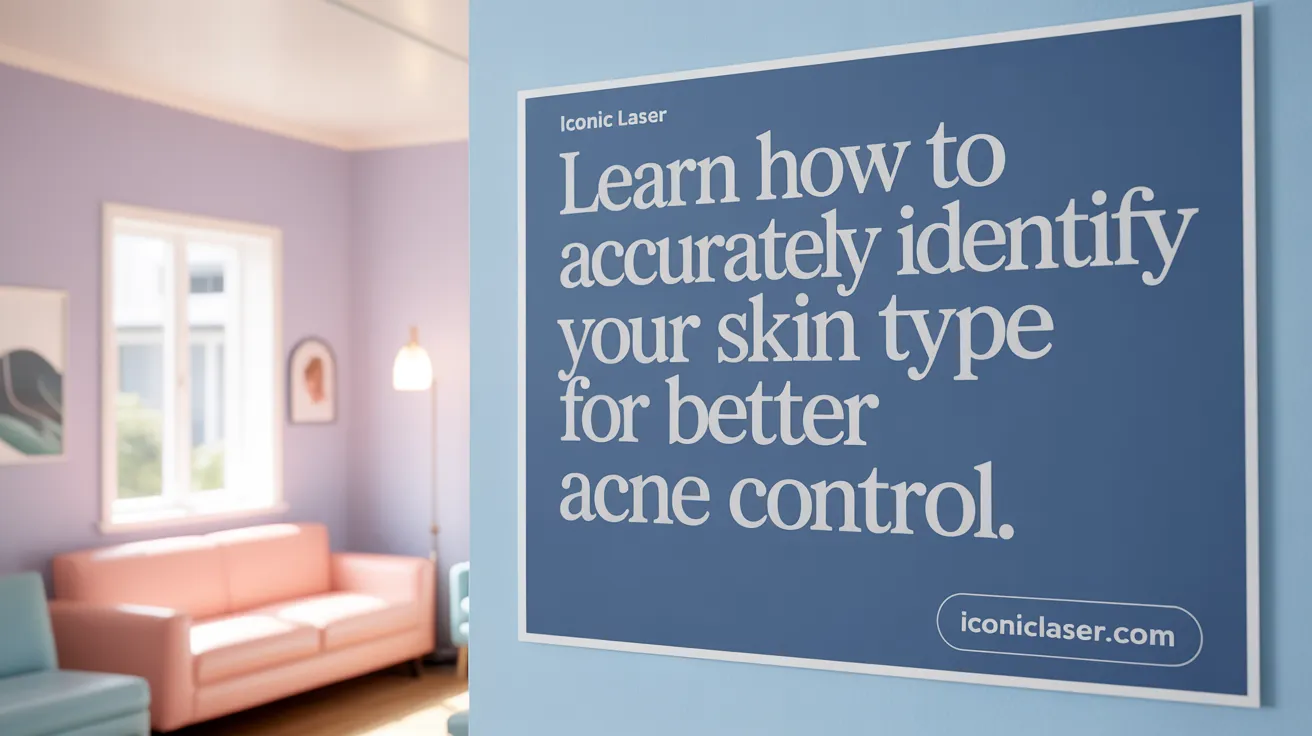
How can one analyze their skin type to better manage acne-prone skin?
Understanding your skin type is an essential step in developing an effective acne management routine. The easiest way to start is by cleansing your face gently with a mild cleanser, then gently pat dry. Observe how your skin feels after a few minutes. If your skin feels tight and dry, you likely have dry skin. If it feels oily or appears shiny, especially in the T-zone (forehead, nose, chin), you may have oily skin. If your skin feels balanced—neither too oily nor too dry—you might have normal skin.
Another simple method is the blotting sheet test. Press a clean blotting paper on different parts of your face. After pressing, hold the sheet up to check for oil. A significant amount of oil on the paper indicates oily skin, while little to no oil suggests dry skin. Combination skin shows oily areas in some parts (like the T-zone) and dry or normal patches elsewhere.
For a more detailed assessment, perform the 'Wash and Wait' test. Wash your face thoroughly, then leave your skin untouched for about 30 minutes. Observe how it feels and appears. If your skin remains oily in the waiting period, oily skin is likely. If it feels dry or tight, you're probably dealing with dry skin.
Professionals may use advanced tools such as the Sebumeter or Sebutape, which objectively measure sebum levels, providing precise insights into your skin's oil production. Once you determine your skin type—oily, dry, normal, combination, or sensitive—you can select products that suit your needs. For example, oil-free, non-comedogenic products work well for oily skin, while hydrating formulations benefit dry skin.
Tailoring your skincare routine based on your skin type helps in controlling excess oil, preventing clogged pores, and effectively managing acne, leading to clearer, healthier skin.
Choosing the Right Ingredients and Products for Acne-Prone Skin
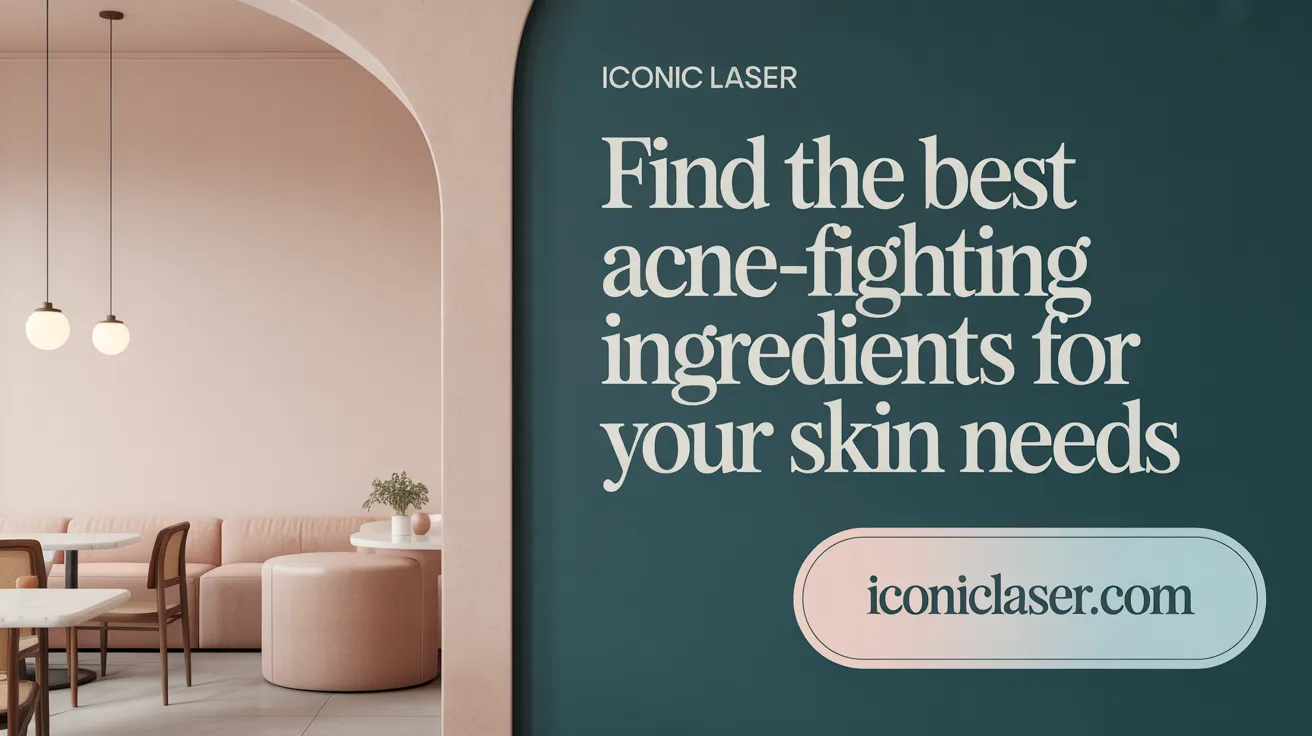 When it comes to managing acne-prone skin, selecting the right ingredients and products is crucial for effective treatment and maintaining skin health. Key active ingredients like salicylic acid, benzoyl peroxide, niacinamide, and retinoids such as adapalene have been proven to combat breakouts effectively.
When it comes to managing acne-prone skin, selecting the right ingredients and products is crucial for effective treatment and maintaining skin health. Key active ingredients like salicylic acid, benzoyl peroxide, niacinamide, and retinoids such as adapalene have been proven to combat breakouts effectively.
Salicylic acid, a beta-hydroxy acid (BHA), is excellent for exfoliating dead skin cells that clog pores. It penetrates deep into the pores to help prevent blackheads and whiteheads from forming. Benzoyl peroxide is another powerful ingredient that kills acne-causing bacteria and reduces excess oil production, making it particularly useful for inflammatory pimples.
Retinoids, including adapalene, promote faster skin cell turnover, helping keep pores clear and reducing the likelihood of new breakouts. Niacinamide, a form of vitamin B3, has soothing properties that help minimize inflammation, regulate oil production, and reduce redness, making it ideal for sensitive or irritated skin.
For best results, it’s essential to choose products that are non-comedogenic, fragrance-free, and formulated specifically for acne-prone skin. This minimizes the risk of irritation and pore blockage. These products often contain other gentle, skin-calming ingredients like aloe vera, green tea extract, or glycerin to support overall skin health.
Incorporating gentle exfoliants, such as alpha hydroxy acids (AHAs) like glycolic acid or lactic acid, 2-3 times a week can further aid in removing surface dead skin cells and brightening skin tone.
Ultimately, a combination approach using targeted treatments alongside proper cleansing, moisturizing, and sun protection can offer a balanced routine that addresses current breakouts and prevents future ones.
| Ingredient | Benefit | Suitable For | Common Products |
|---|---|---|---|
| Salicylic Acid | Exfoliates inside pores | Oily, acne-prone skin | Cleansers, toners, serums |
| Benzoyl Peroxide | Kills bacteria, reduces oil | Active, inflamed breakouts | Gels, creams |
| Niacinamide | Soothes inflammation, regulates sebum | Sensitive or irritated skin | Serums, moisturizers |
| Retinoids (Adapalene) | Promotes cell turnover | Persistent or cystic acne | Gels, creams |
Choosing products with these ingredients, tailored to your skin's specific needs, can significantly improve acne management and skin appearance.
Crafting a Personalized Skincare Routine for Acne Control
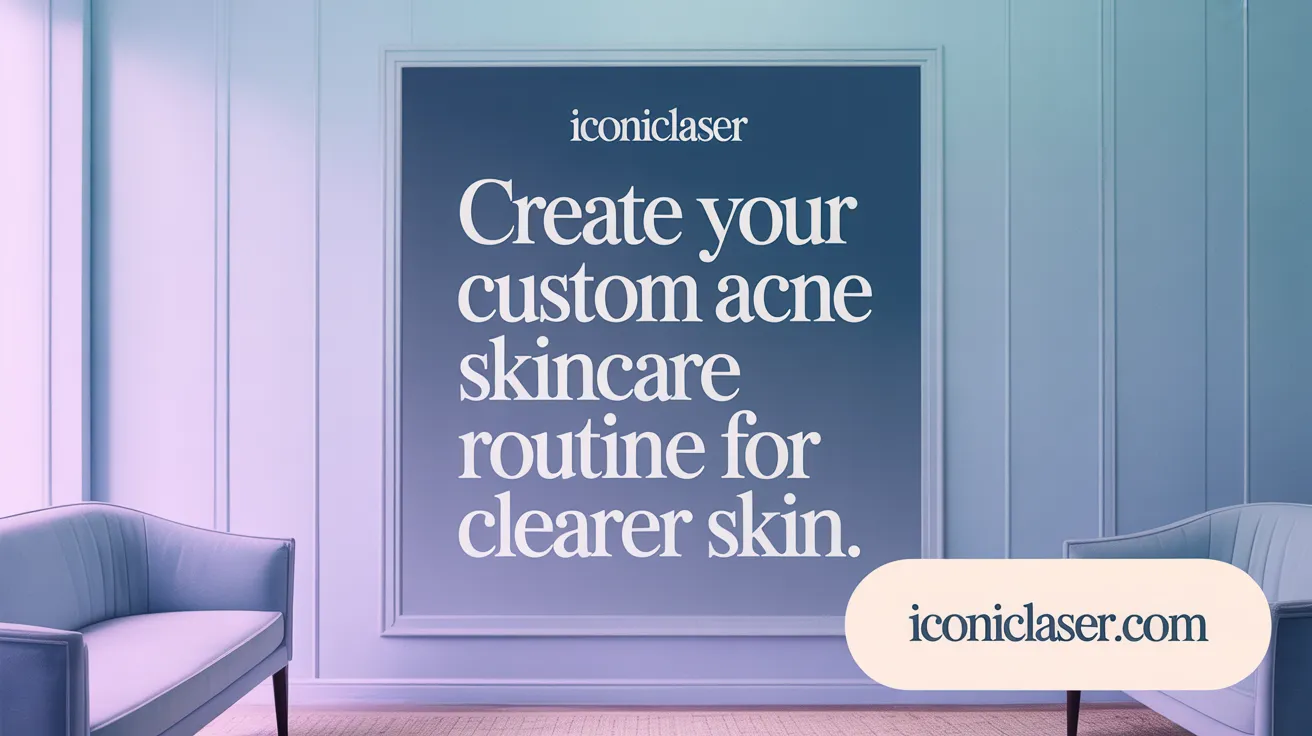
How can one create a personalized skincare routine for managing acne effectively?
Creating a skincare routine tailored to your individual needs involves understanding your skin type and selecting products accordingly. For oily or acne-prone skin, incorporating cleansers with salicylic acid or benzoyl peroxide helps reduce excess oil and prevent pore clogging. Dry or sensitive skin may benefit from hydrating ingredients like hyaluronic acid and gentle, pH-balanced cleansers.
Start with a gentle, sulfate-free cleanser such as Effaclar Medicated Gel Cleanser, containing 2% salicylic acid, to clear out debris without over-drying. Follow with a toner like Effaclar Clarifying Solution, which can balance pH and remove leftover dirt. Use targeted treatments like Effaclar Salicylic Acid Acne Treatment Serum, with 1.5% salicylic acid, to address active breakouts.
Moisturize daily with non-comedogenic options such as Effaclar Mat, formulated to control shine and minimize pores. During the day, apply broad-spectrum sunscreen like Effaclar Anthelios UV Clear SPF 50 to protect the skin from UV damage, especially when using active ingredients that increase sun sensitivity.
Introduce active ingredients like retinoids or benzoyl peroxide gradually, monitoring your skin's response. Patch testing new products beforehand can help prevent adverse reactions. Consulting a dermatologist for a personalized assessment is highly recommended for refining your routine and ensuring it targets your specific skin concerns effectively.
Consistency, patience, and professional guidance are crucial in managing acne and achieving healthy skin.
Step-by-Step Guide to Developing a Tailored Acne Skincare Plan
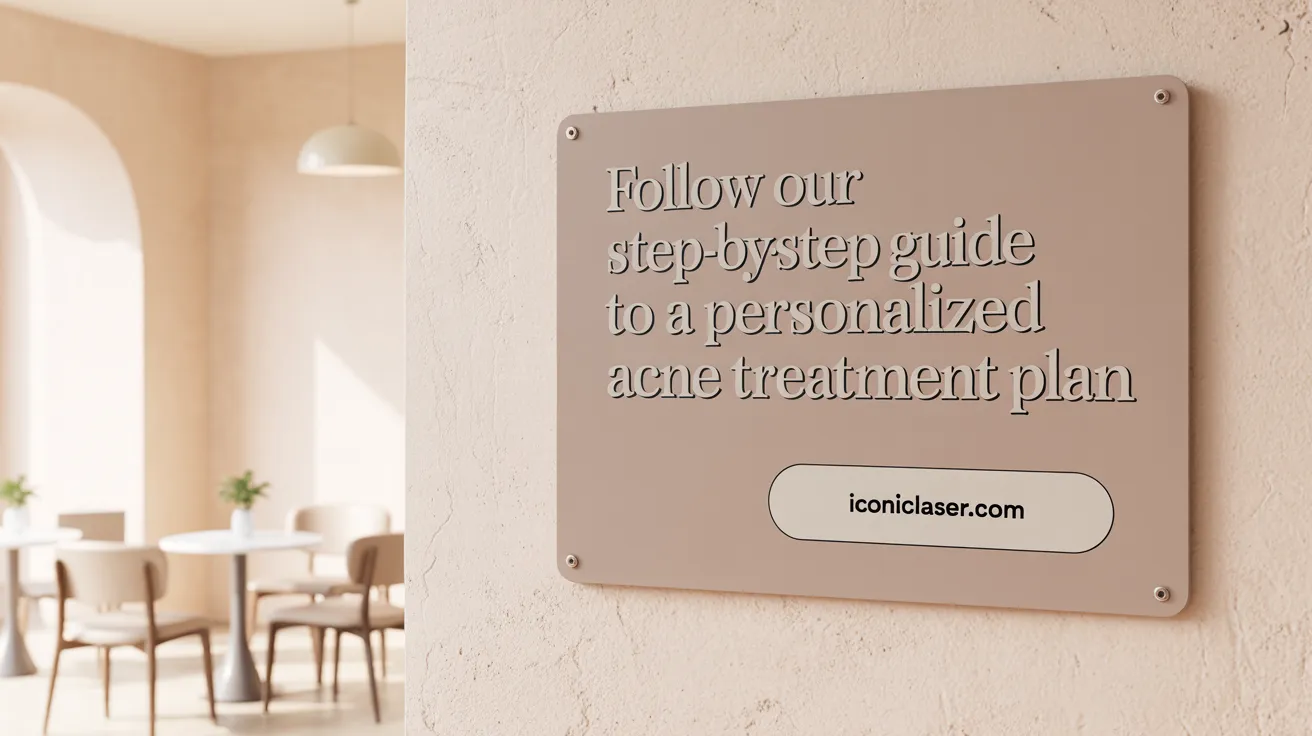
What are the recommended step-by-step guidelines for developing a tailored acne skincare plan?
Creating an effective acne skincare routine involves several essential steps tailored to your skin's specific needs. Start with cleansing twice daily using a gentle, sulfate-free, and non-comedogenic cleanser that contains active ingredients like salicylic acid, known for its pore-clearing properties. An example is La Roche-Posay Effaclar Medicated Gel Cleanser, which helps remove excess oil without stripping moisture.
Following cleansing, incorporate targeted treatments such as serums or gels with salicylic acid or benzoyl peroxide. These products specifically target active breakouts by reducing bacteria and inflammation. After applying treatment, use a lightweight, non-comedogenic moisturizer filled with hydrating ingredients like hyaluronic acid or ceramides. This step helps maintain the skin's moisture barrier without clogging pores.
Sun protection is vital, especially when using treatments like salicylic acid or retinoids that can increase sun sensitivity. Choose a broad-spectrum, oil-free sunscreen such as La Roche-Posay Anthelios UV Clear SPF 50 to shield your skin from UV rays daily.
In addition, chemical exfoliants like glycolic acid (AHA) and salicylic acid (BHA) can be introduced 2-3 times per week to help remove dead skin cells, unclog pores, and improve skin texture.
It’s important to note that skin responses may vary. Monitor how your skin reacts and adjust the routine accordingly. Regular consultations with a dermatologist can provide personalized guidance and ensure the routine remains effective for your skin’s evolving needs.
By thoughtfully combining these steps, you can develop a personalized skincare routine that reduces breakouts, improves skin texture, and promotes overall skin health.
Effective Treatment Strategies and Professional Options for Acne-Prone Skin
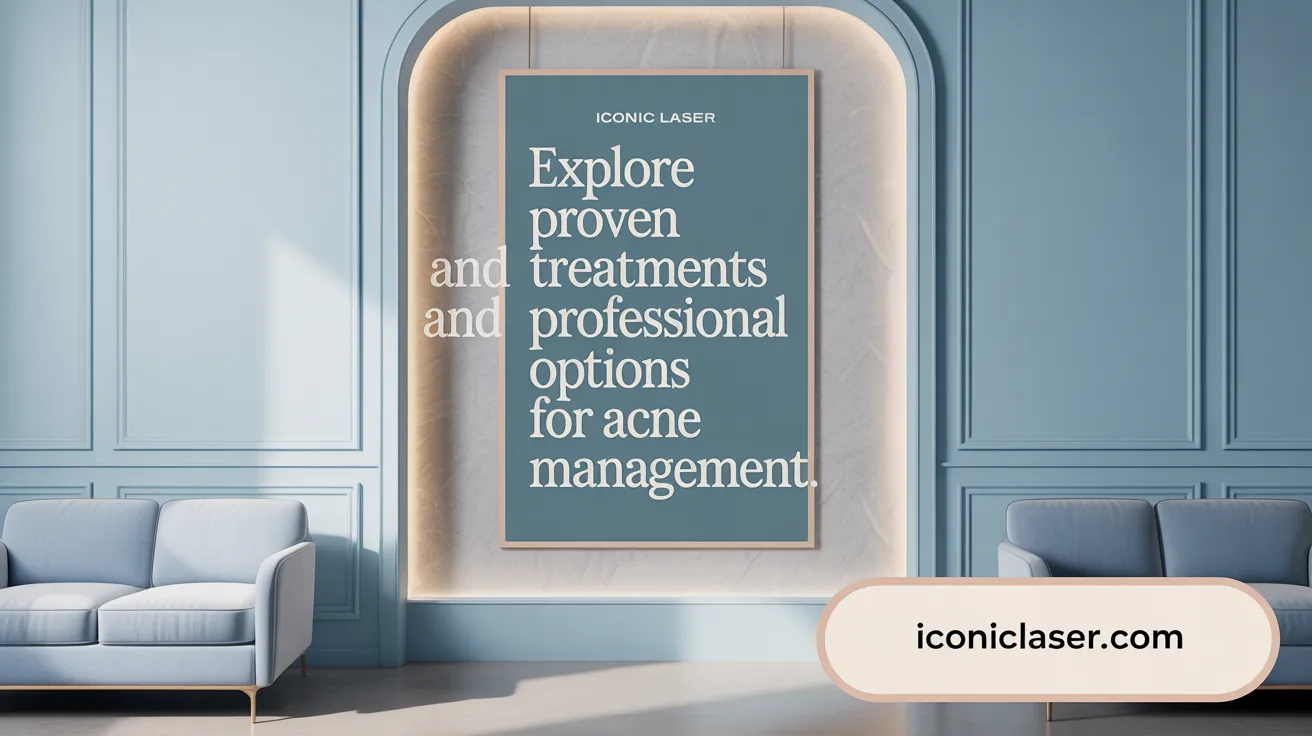
What effective treatment strategies are recommended for acne management?
Managing acne effectively requires a personalized approach that considers the severity and specific characteristics of the condition. For mild to moderate acne, topical treatments are typically the first step. These include ingredients like benzoyl peroxide, retinoids, salicylic acid, azelaic acid, and Dapsone, which work to reduce inflammation, clear blocked pores, and decrease oil production.
For more stubborn or severe cases, systemic therapies may be necessary. Oral antibiotics can help control bacteria and inflammation, while hormonal treatments such as combined oral contraceptives or spironolactone are beneficial, especially for hormonally driven acne. In cases of severe, resistant acne, isotretinoin is often prescribed, with close monitoring to manage potential side effects.
Combining different treatments targeting various aspects of acne’s causes—like oil production, bacteria, and inflammation—tends to produce better results than using one method alone. Alongside these treatments, consistent skincare habits such as gentle cleansing with non-irritating products, daily sun protection, avoiding picking, and adopting a healthy lifestyle are crucial. These practices support healing, reduce the risk of scars and hyperpigmentation, and promote overall skin health.
What professional treatment options are available for acne-prone skin?
For those who need additional support beyond daily skincare routines, several professional treatments exist. Dermatologists may recommend prescription topical medications, including stronger retinoids or antibiotics, and systemic options like oral antibiotics or hormonal therapies. These are tailored based on individual needs and response.
In-office procedures can further enhance treatment outcomes. Chemical peels help remove dead skin cells and reduce discoloration and scars. Microdermabrasion gently exfoliates to improve skin texture, while laser and light-based therapies target bacteria, diminish inflammation, and promote collagen production, which can improve scars.
Microneedling and corticosteroid injections are other options to treat deep scars or active inflammation. Professional extraction procedures can safely clear blackheads and whiteheads, whereas some advanced treatments utilize dermal fillers to improve the appearance of scars.
A dermatologist can design a comprehensive, personalized plan that combines these therapies, tailored to the skin's specific needs, severity of acne, and patient preferences. Regular follow-up is essential to monitor progress and make adjustments as needed.
Critical Tips and Educational Insights for Customizing Acne Skincare
What tips and considerations are important when customizing skincare routines for acne care?
Personalizing acne skincare routines involves understanding your skin’s sensitivities and needs. Using gentle, sulfate-free cleansers with ingredients like salicylic acid helps remove excess oil without irritating the skin. Incorporating non-comedogenic moisturizers containing hyaluronic acid or glycerin maintains hydration and strengthens the skin barrier.
Active ingredients such as retinoids, salicylic acid, or benzoyl peroxide should be introduced gradually to avoid irritation. Patience is vital, as visible improvements often take 20 to 40 days. Over-washing or scrubbing can worsen acne, so it’s essential to follow a consistent routine that balances cleansing, treatment, and hydration.
Sun protection is another crucial aspect. Daily application of a broad-spectrum, oil-free sunscreen shields healing skin and prevents hyperpigmentation.
Consulting a dermatologist helps tailor the routine according to individual skin sensitivities, hormonal factors, and triggers. A personalized approach enhances safety, efficacy, and overall skin health.
How can educational guidance on acne management and skincare ingredients improve treatment outcomes?
Educational guidance plays a pivotal role in successful acne treatment. When individuals understand how ingredients like salicylic acid, benzoyl peroxide, or retinoids work, they are more likely to adhere to routines consistently. Accurate knowledge reduces misconceptions, such as overusing harsh products or neglecting sun protection.
Moreover, awareness about the importance of patience and how skincare products function allows users to set realistic expectations. Educating patients about potential initial worsening—the skin purging phase—is essential for maintaining their confidence and compliance.
Research indicates that brief educational interventions, including videos and counseling, improve medication adherence and clinical outcomes. Programs like the Acne Education Project demonstrate how increasing health literacy empowers young people to take control, share accurate advice, and sustain effective habits.
Ultimately, well-informed patients are more diligent with treatments, which leads to better results and long-term skin health. Combining professional guidance with educational resources fosters a proactive approach to managing acne.
The Path to Clearer, Customized Skincare for Acne-Prone Skin
Developing a customized skincare plan for acne-prone skin is a comprehensive process that starts with understanding your unique skin type and selecting targeted, science-backed ingredients. By crafting tailored routines with gentle cleansing, appropriate treatments, consistent moisturizing, and rigorous sun protection, individuals can effectively manage breakouts and promote skin health. Incorporating professional treatments when necessary and maintaining patience through the healing process is equally essential. Education empowers individuals to adhere confidently to their regimen, enhancing long-term results. Ultimately, a personalized, diligent approach supported by expert guidance leads to clearer, healthier skin and improved quality of life.
References
- How to Build a Skincare Routine for Acne-Prone Skin
- Clear Skin: Why You Need a Skincare Routine for Acne
- Skincare Routine for Acne-Prone Skin
- Building an Effective Skincare Routine for Acne-Prone Skin
- The Best Skincare Regimen for Acne-Prone Skin
- Why Customized Skincare Matters For Acne-Prone Skin
- The Expert Tips for Maintaining Skin Health Post-Acne ...
- Acne - Diagnosis and treatment
